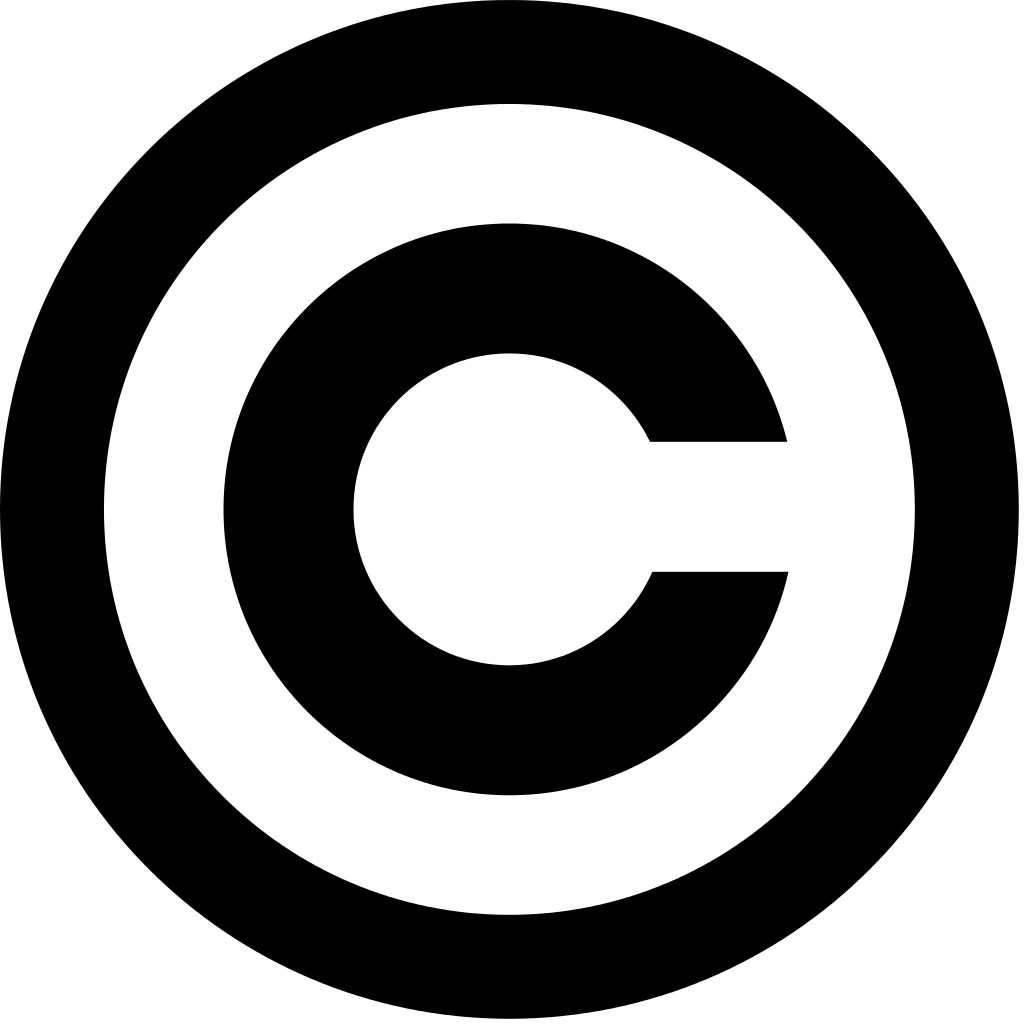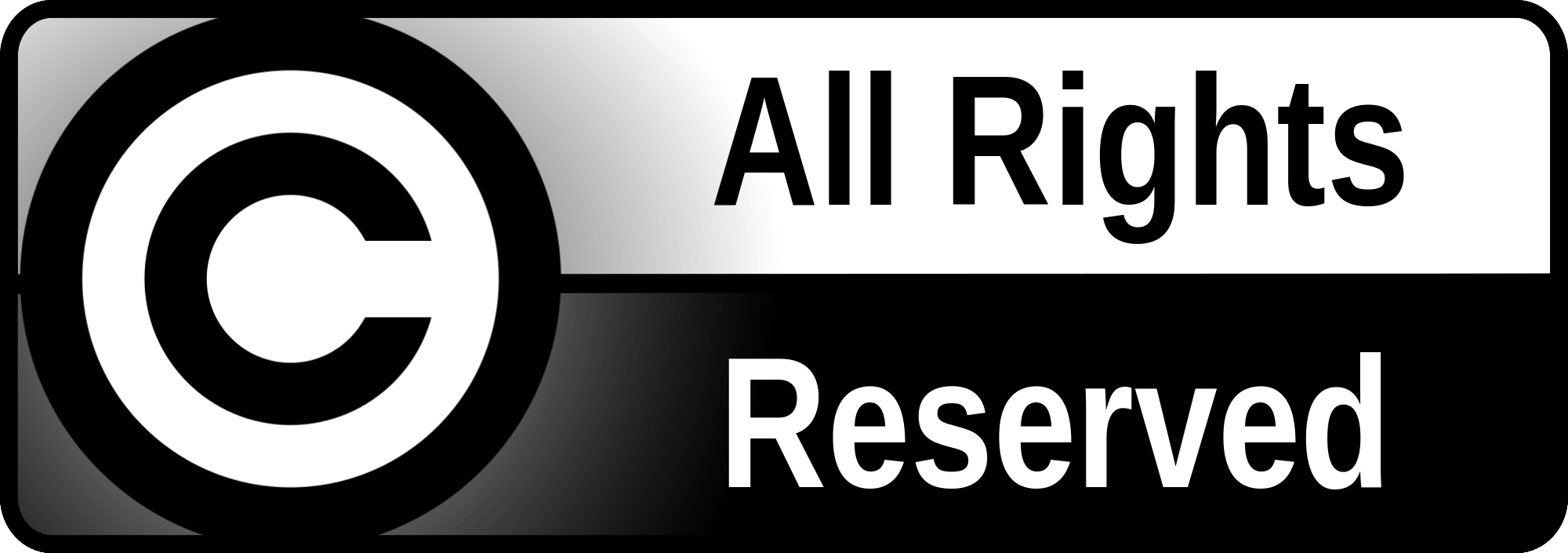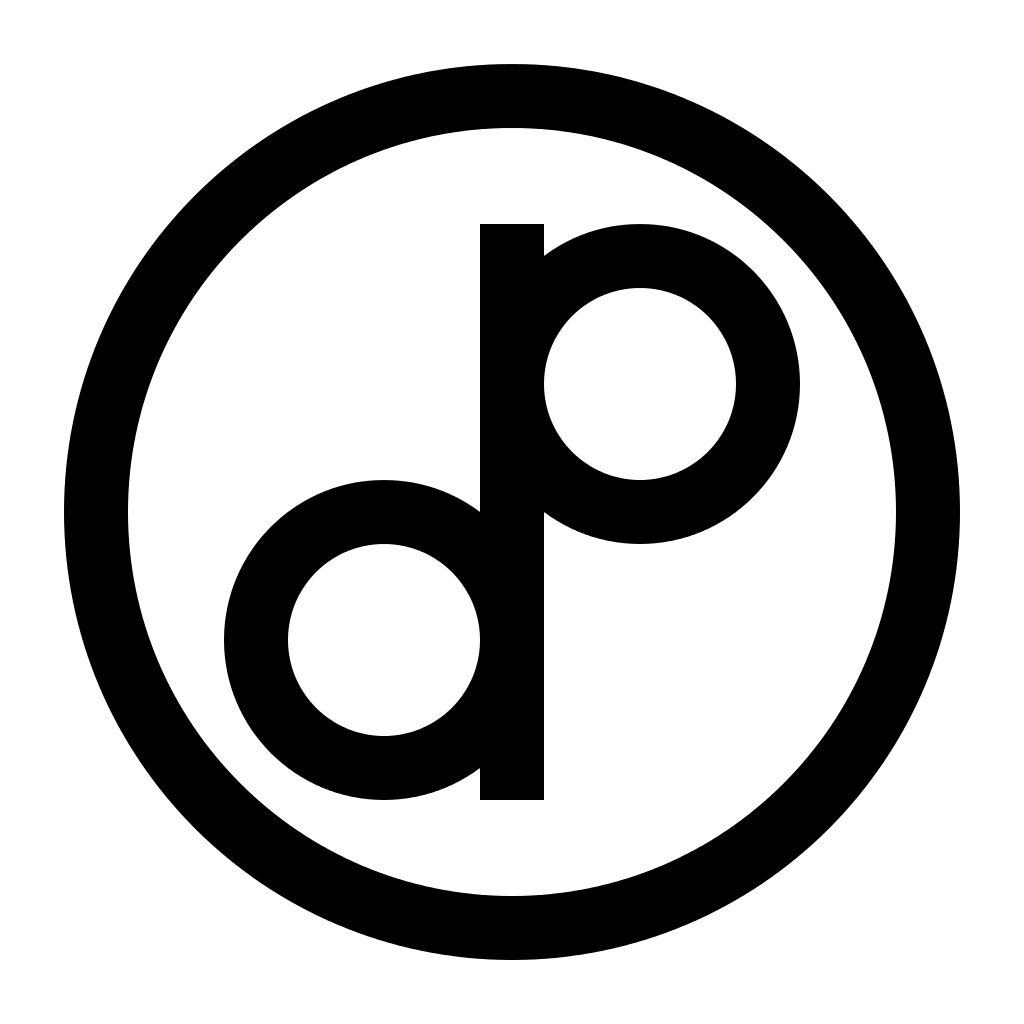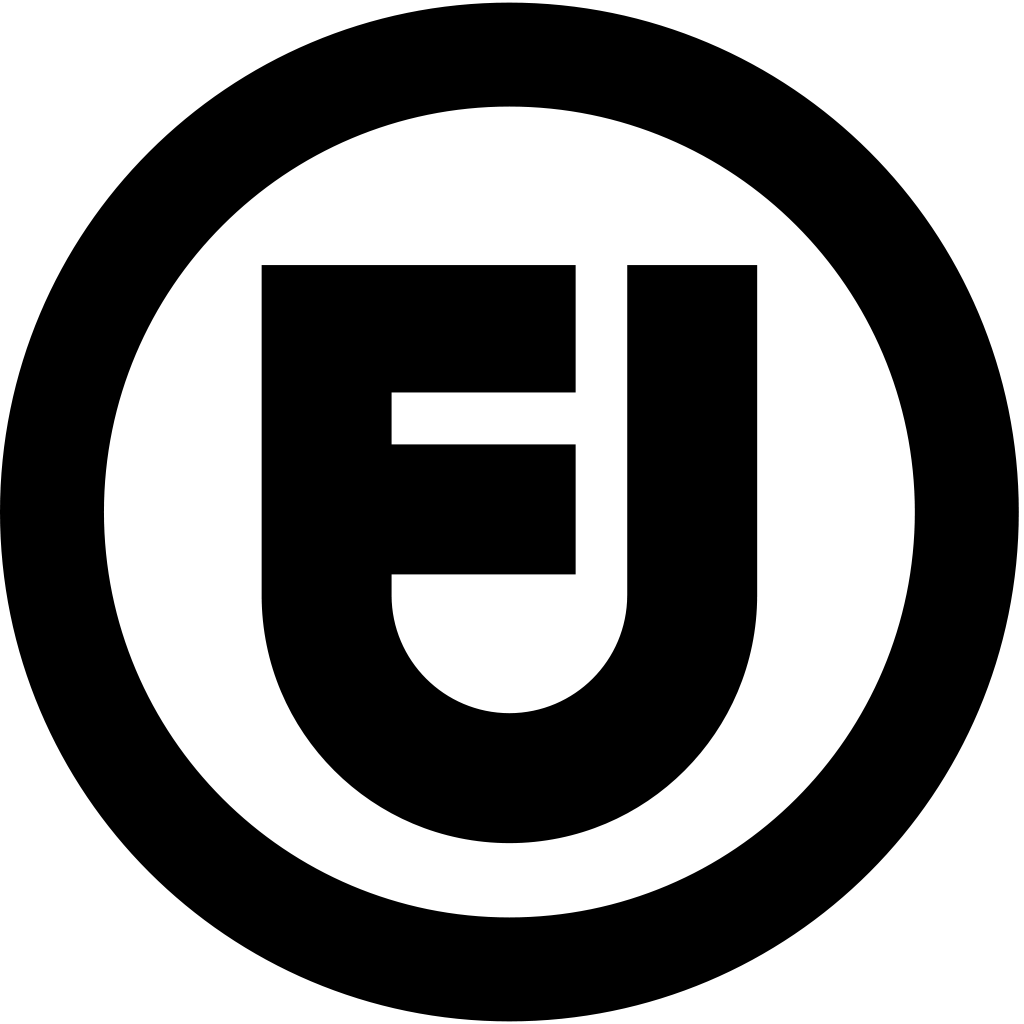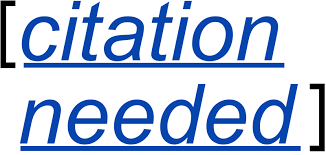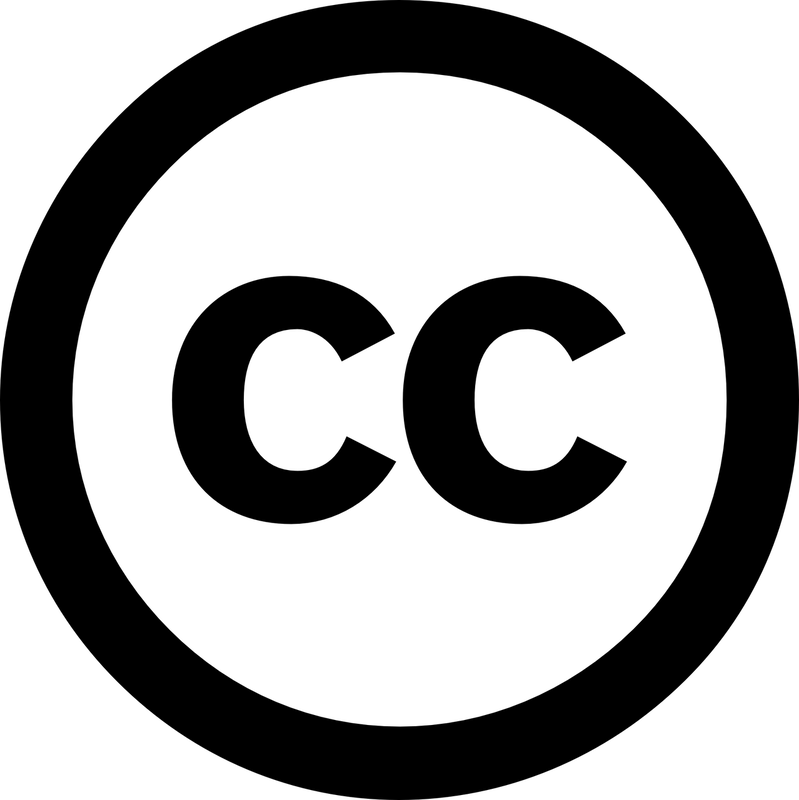Copyright, Fair Use, and Creative Commons
Copyrighted Material
|
The Public Domain
|
All federal government works and many older works are considered in the Public Domain. "As a general rule, most works enter the public domain because of old age. This includes any work published in the United States before 1923 or works published before 1964 for which copyrights were not renewed" (Stanford University Libraries, 2013). Works in the Public domain and may be used freely with proper citation. Be careful, though. Some songs, like "The William Tell Overture," written in 1838, are in the Public Domain, but specific, more recent recordings of that song can be copyrighted by the orchestra that performed it.
Here are some public domain resources that can help you find works that are available to the public:
|
Image Source: Wikimedia Commons
|
Fair Use
|
Image Source: Wikimedia Commons
|
Fair Use is a legally defensible position that protects the use of some copyrighted material under some circumstances. For example, copyrighted materials used for educational purposes within the classroom can sometimes be defended by Fair Use. Whether or not Fair Use can be claimed depends on:
Some uses of copyrighted work that can be defended by Fair Use include:
It is important to realize that Fair Use is not exactly cut and dry. These are simply guidelines, not the law. So, you need to ask a couple of questions about your use of copyrighted materials before using them in your work, particularly if you intent to publish them:
You need to consider carefully:
Many think that use of copyrighted music and movies is protected under Fair Use if only a small portion of the footage or music is used. This is not necessarily the case. For example, recent sales of ring tones has created revenue for copyright holders from small portions of songs. Using portions of a copyrighted song without written permission could, therefore, cost the copyright holder money. Basically, teachers and students need to be very careful before just assuming Fair Use will protect them. |
What materials can I use?
|
There are still many ways for students and teachers to obtain copyright-friendly multimedia that can be used in projects with proper citation:
|
Image Source: Wikimedia Commons
|
Creative Commons
|
Image Source: needpix.com
|
"Creative Commons is a nonprofit organization dedicated to building a globally-accessible public commons of knowledge and culture. We make it easier for people to share their creative and academic work, as well as to access and build upon the work of others. By helping people and organizations share knowledge and creativity, we aim to build a more equitable, accessible, and innovative world" (CreativeCommons.org).
Creative Commons was built to give creators a way of making it easier for others to reuse and remix their work on their terms. Creative Commons "provides Creative Commons licenses and public domain tools that give every person and organization in the world a free, simple, and standardized way to grant copyright permissions for creative and academic works; ensure proper attribution; and allow others to copy, distribute, and make use of those works" (CreativeCommons.org). Two great Creative Commons resources that may help you include the CC Search that makes openly licensed material easier to discover and use and the license generator that allows you to build your own CC license for work you have created. |
Sources:
- Center for Social Media. The Code of Best Practices in Fair Use for Media Literacy Education. Center for Social Media, n.d. Web. 25 Feb 2013. <http://www.centerforsocialmedia.org/fair-use/related-materials/codes/code-best-practices-fair-use-media-literacy-education>.
- Creative Commons. Creative Commons. https://creativecommons.org/
- Stanford University Libraries. Stanford Copyright & Fair Use. Stanford University, n.d. Web. 25 Feb 2013. <http://fairuse.stanford.edu/Copyright_and_Fair_Use_Overview/chapter8/index.html>.
- Starr, Linda. "The Educator's Guide to Copyright and Fair Use." Education World. Education World, Inc, 25 May 2010. Web. 10 Mar 2014. <http://www.educationworld.com/a_curr/curr280.shtml>.
- United States Copyright Office. Copyright Law of the United States of America. Washington, DC: U.S. Copyright Office, Print. <http://www.copyright.gov/title17/92chap1.html>.
